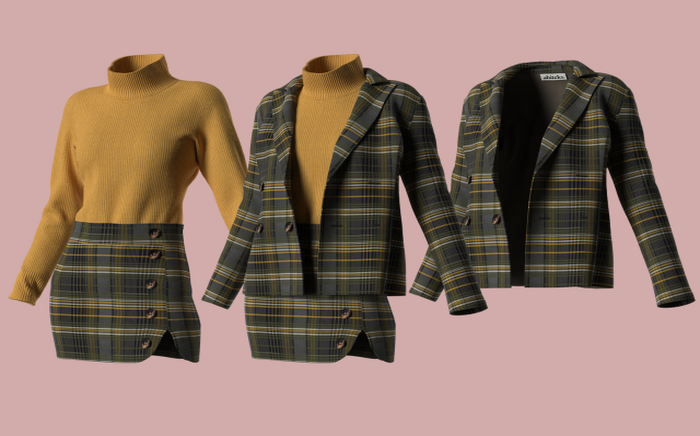In recent years, the effects of climate change have led consumer behaviours become more environmentally aware. The textile industry is also adapting to these consumer habits and making strides toward sustainability. For an industry to be truly sustainable, proper environmental management and making healthy profits must go hand in hand. This issue was the main topic of Kornit Exploration Day, hosted by the Israel-based digital textile printing company.
According to Simon Platts, who is former responsible sourcing director at Asos, textile industry is one of the most polluting and inefficient industries in the World. He also added, “Customers are changing; they want to know more. Legislation is coming in—we’ve got to think about people and the planet, but also the profit… To be more sustainable in how you’re consuming and producing the goods doesn’t necessarily mean you can’t be profitable”. He suggested some innovations such as product passports, QR codes on digital tags detailing the life cycles of the garment, and direct to garment printing. Platts believes that with these innovations, faster, smarter, less wasteful, and higher quality production can be achieved and the circular economy can be realised. If such efficiencies are achieved, consumers can continue to buy clothes at the same prices they do now without damaging the environment.
Direct-to-garment printing, also called DTG or inkjet printing, mentioned by Platts, is a process in which digital graphics are printed from a computer onto a T-shirt or other garment using an inkjet printer. One of the main advantages of this process is that no minimum order quantity is required. Bill McRaith, former supply chain chief at PVH Corp, said of the minimum order quantity business model, "Get rid of that business model," and suggested moving to an optimal order quantity business model.

A supplier's minimum order quantity determines the smallest amount of products a customer can order from the supplier. Under the agreement between the buyer and the supplier, the supplier has the right to refuse to fulfill an order that does not meet the minimum order quantity. A minimum order quantity business model is not a good business model for sustainability because overproduction wastes time and money and harms the environment.
With digital textile printing, it is possible to print only the pre-ordered quantities, with little or no waste and no additional inventory.

 Back to Blog
Back to Blog











